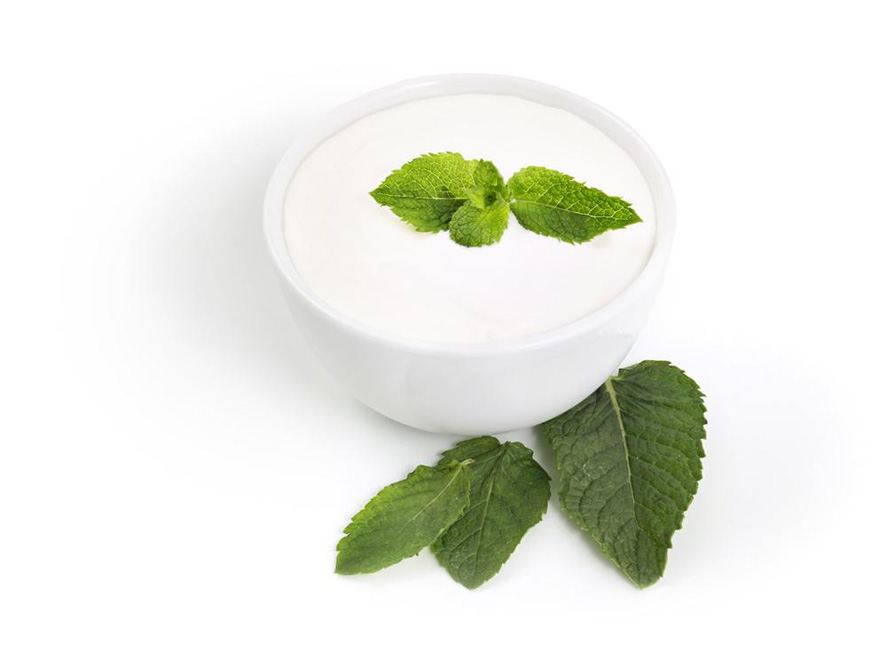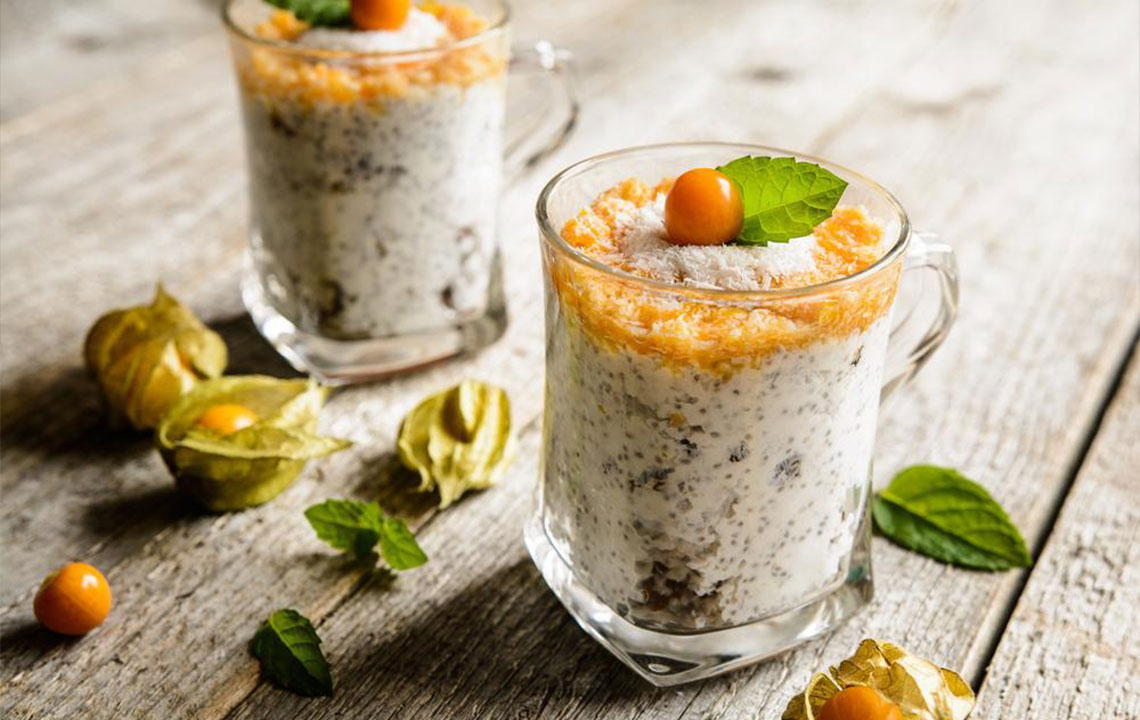How to Select the Best Probiotic Yogurt for Your Health Goals
Learn essential tips for selecting the healthiest probiotic yogurt, including how to read labels, assess calcium, sugar, and probiotic content, and choose options aligned with your dietary goals for optimal health benefits.

Many people are turning to probiotic yogurt for its health advantages. With numerous options available in stores today, finding the healthiest choice can be challenging. Here's a straightforward guide to help you pick the best probiotic yogurts tailored to your needs.
Examine the label thoroughly
Always read the Nutrition Facts panel before purchasing probiotic yogurt. This will inform you about its nutritional profile and ingredient content, making it easier to select a product that supports your health goals.
Assess calcium levels
While yogurt naturally contains calcium, the amount varies among brands. Opt for probiotic yogurts that provide at least 15% of the daily calcium requirement, ideally between 15% and 35%, for optimal health benefits.
Monitor sugar content
Many brands add sugar, which, combined with natural lactose, can cause blood sugar spikes. Check the sugar content carefully—preferably choose sugar-free options or those sweetened with natural fruits. Avoid products listing added sugars early in the ingredients list.
Evaluate fruit inclusion
Yogs with added fruits can contain artificial colorings and sugars. To ensure natural ingredients, select plain probiotic yogurt and add fresh fruits yourself for flavor and nutrients.
Consider fat content
Probiotic yogurts come in low-fat, fat-free, or whole-fat versions. For health-conscious choices, select low-fat or fat-free options. However, watch out for added sugars in fat-free varieties by inspecting the label.
Check probiotic bacteria content
The key benefit of probiotic yogurt is the presence of beneficial bacteria. Ensure the product contains live probiotic strains and that it was produced recently, as bacteria die over time.










